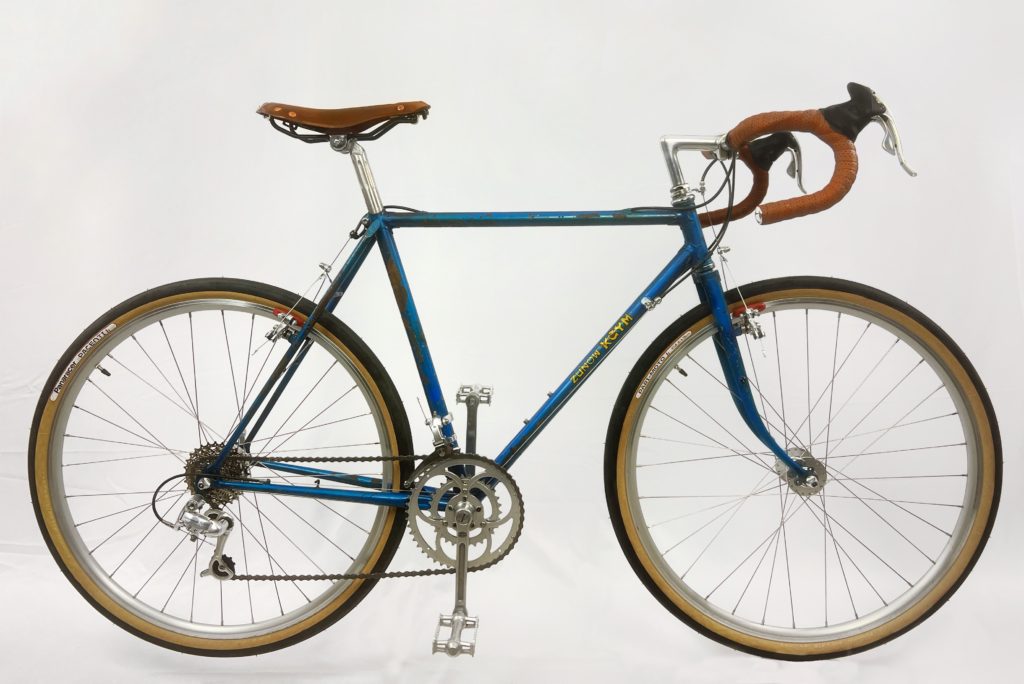
Two years ago, as the COVID pandemic was sweeping across the country, I began searching Yahoo Japan auctions daily, purchasing items via their Buyee proxy service as a way to distract myself and pass the time. I’d done this before, from 2011-2016, stopping after I began a new job that left no time for bicycle collecting and restoring. In April 2020, I was working from home for the first time during the scariest, and at times surreal, period of history I have ever lived through. The daily treasure hunt was a welcome respite, and soon I found a twin of my “Zunow grail bike“. Read on to learn more about it.
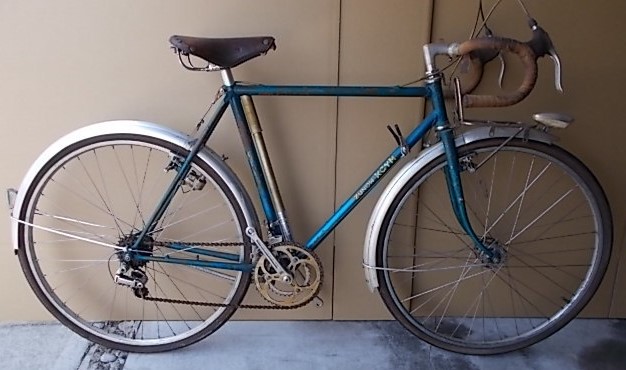
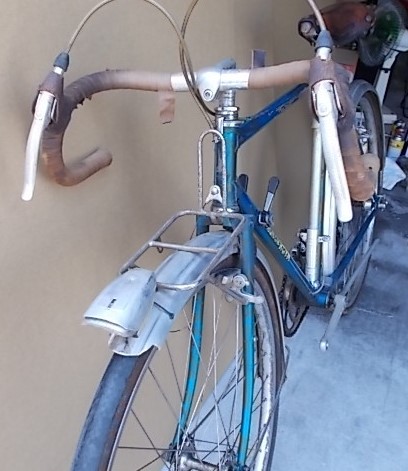 I found this bike via a seller who runs a junk store selling various items pulled from basements in Japan. The photo above is from the auction listing, and shows the original build of the bike. It was equipped with a Sugino Maxy 3-bolt crankset, Shimano Crane derailleurs, Simplex shifters, MAFAC cantilever brakes, Honjo fenders, a Brooks Professional saddle, Dia-Compe brake levers, NITTO stem and handlebars, and a YFC seat post. The whole bike was in a sorry state, covered in a layer of grime. It had sat neglected and lonely in some dark corner for many years.
I found this bike via a seller who runs a junk store selling various items pulled from basements in Japan. The photo above is from the auction listing, and shows the original build of the bike. It was equipped with a Sugino Maxy 3-bolt crankset, Shimano Crane derailleurs, Simplex shifters, MAFAC cantilever brakes, Honjo fenders, a Brooks Professional saddle, Dia-Compe brake levers, NITTO stem and handlebars, and a YFC seat post. The whole bike was in a sorry state, covered in a layer of grime. It had sat neglected and lonely in some dark corner for many years.
The price was very low, and I snapped it up immediately. What I didn’t know at the time was that I would have to wait more than a year to receive it. Shipments from Japan were on hold, but Buyee offered free storage until the shipping restrictions were lifted. Instead of discouraging my shopping, it made it easier; I bought several bicycles and frames, as well as a pile of components. It didn’t “feel real” as the items weren’t crowding my home, so I kept shopping.
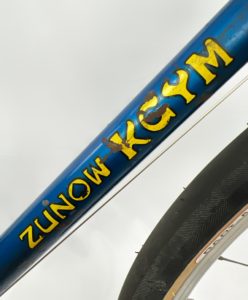
As an aside, I must acknowledge my privilege and luck during this time: a lucrative white-collar job that moved seamlessly to remote work, being able to escape New York City to an unoccupied house in the countryside that belonged to my family, and a wonderful partner to share my life with. That we escaped the depths of the pandemic without personally experiencing illness, death of loved ones, loss of job or home is something I have never taken for granted. Now, back to the bikes…
When life began to return to sort-of “normal” in 2021, it was time to empty out the Buyee warehouse in Tokyo of all my pandemic purchases. When the KYGM arrived, I stripped it down to the bare frame and fork. Many of the components were later moved to the Maruishi touring bike I restored, as I decided to rebuild the KYGM with the same mix of modern and vintage parts I used on my grail bike. It would be a gift for my partner, so that we could ride matching Zunows!
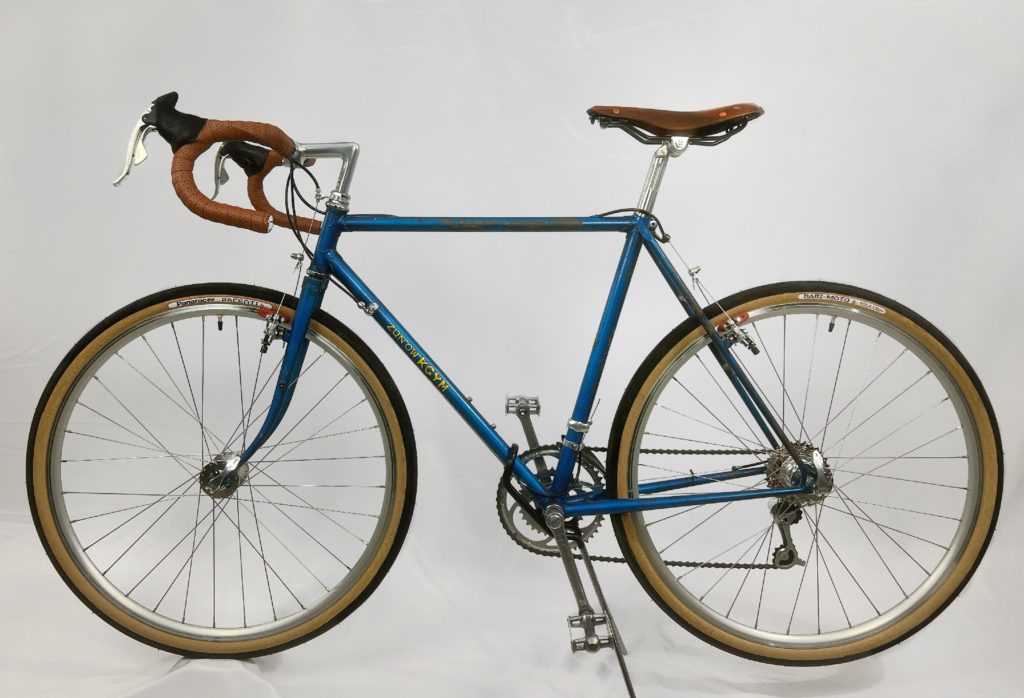
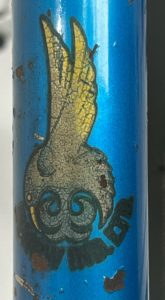 I’ve written about the KYGM series in depth before. To recap: they were the first official Zunow products, bespoke bicycles made by master Kageyama-san to buyers’ specifications. Check out my scans of the KYGM catalog / order form to learn more. Interestingly, my “grail bike” is identical to the KYGM, with the only difference being the chromed lugs and different downtube logos. Both use Nervex lugs, and are likely made from either Ishiwata 022 or Reynolds 531 tubing. They have the signature Zunow hummingbird seatstay caps and logos, but otherwise the KYGM series pre-dates the proprietary cast bottom bracket and lugs that Zunows are known for.
I’ve written about the KYGM series in depth before. To recap: they were the first official Zunow products, bespoke bicycles made by master Kageyama-san to buyers’ specifications. Check out my scans of the KYGM catalog / order form to learn more. Interestingly, my “grail bike” is identical to the KYGM, with the only difference being the chromed lugs and different downtube logos. Both use Nervex lugs, and are likely made from either Ishiwata 022 or Reynolds 531 tubing. They have the signature Zunow hummingbird seatstay caps and logos, but otherwise the KYGM series pre-dates the proprietary cast bottom bracket and lugs that Zunows are known for.
The new components I’ve chosen for the bike are a 9-speed Campagnolo Chorus drive train with a compact crankset. The crankset uses the same combo of period-correct Sugino Pro Dynamic 50.4 BCD crank arms and modern Sun XCD chainrings that my Zunow 650B has. The wheelset is a brand new 32-hole, 10-speed set from Cycles Toussaint, which are priced under $200 and still available as of this writing. Equipped with a Shimano freehub, 9-speed Campagnolo seems to handle the Microshift cassette without issue. Brakes are the same Dia-Compe Gran Compe 999 models that pair well with the Campagnolo brake levers, and the handlebars are NITTO B135s. The other components are place holders (more about that below) or on a trial-basis, such as the Selle Atomica X1 saddle and the 650B x 38 Pacenti Pari-Moto tires.
Restoration of the KYGM is planned in two phases. The first phase, shown completed here, was to build it up with the components I’ve spec’d for it and have my partner ride it through the summer. I want to make sure it fits her well and provides the same delightful riding experience as my own Zunow 650B. It’s about 1cm smaller in the seat tube and top tube, which I’m hoping is a negligible difference since we’re about the same height albeit with different leg and arm length proportions.
The second phase will be to tear it back down to the frame & fork and send them off for a full restoration, with new paint and decals. I have vector images of the KYGM logo to make custom decals, thanks to collector Rekti Yoewono who graciously shared them with me. I have matching stainless-steel front and rear racks, as well as a Zunow-engraved headset, seatpost, stem and bottom bracket that I’ll fit to the finished product. As part of that second phase, I will also make similar upgrades to my Zunow 650B.
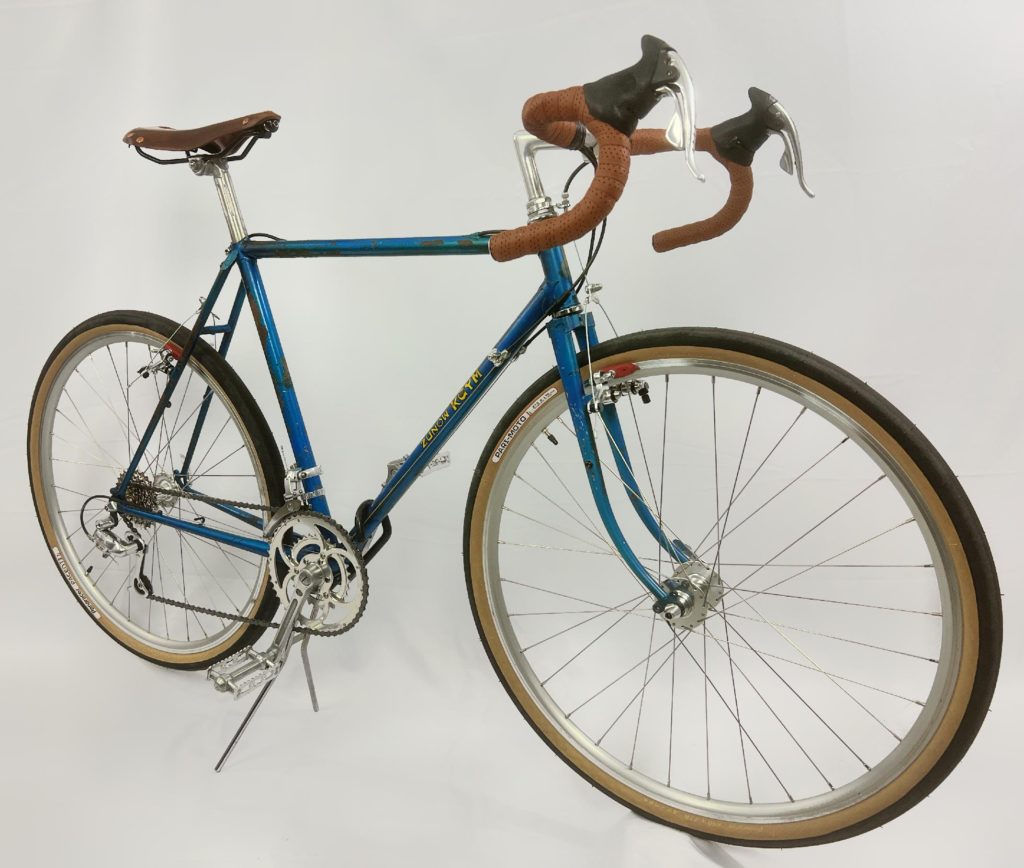
I’m looking forward to the beach rides and gravel adventures my partner and I will share atop our matching Zunows this summer. Collecting and restoring bikes is a fun hobby, but not as much fun as riding the bikes! Check out the gallery of detailed photos below, and stay tuned for “phase two” coming in a few months.




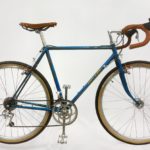

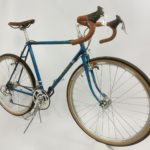
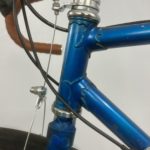

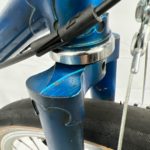
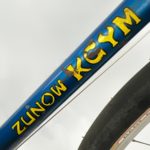
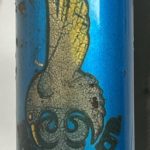
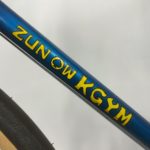
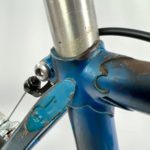
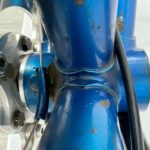
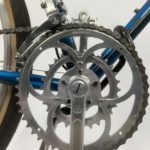
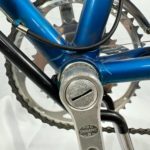
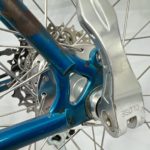

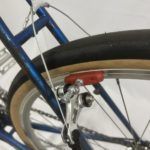
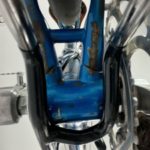
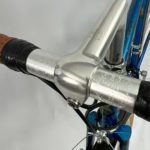
Lovely bike, Simon. It reminds me of British builds with lugs and geo.
Have you spread it to accept 130mm rear wheel as I guess original was 126mm?
Thanks for the kind comment! Yes, I had the rear end spread in order accept the modern spacing. It was originally 126mm.
Thanks for the detailed introduction of Zunow bikes. I am interested in a local second hand Zunow frame. It looks beautiful and seems like a new made vintage frame (hub width of the rear wheel is 130mm). So I searched online for more information about Zunow and found that Mr. Takeru Kageyama had already retired. And I haven’t found a Zunow frame with similar painting. So could you please tell how I can know if it’s truly from Zunow? (Though it seems unlikely due to the identical lug desigen.)
Hi Jianqiang, I would need to see photos of the bike you’re considering in order to tell if it is an authentic Zunow. However, fake Zunows are very rare; I haven’t seen one before. Generally, the presence of a bird-shaped engraving on the seatstays, fork, or bottom bracket will confirm an authentic Zunow. There are some Zunows from the very early days (late 1960s / early 1970s) that pre-date Kageyama building with his own lugs, and those will not have any engravings or other distinguishing features other than the decals.